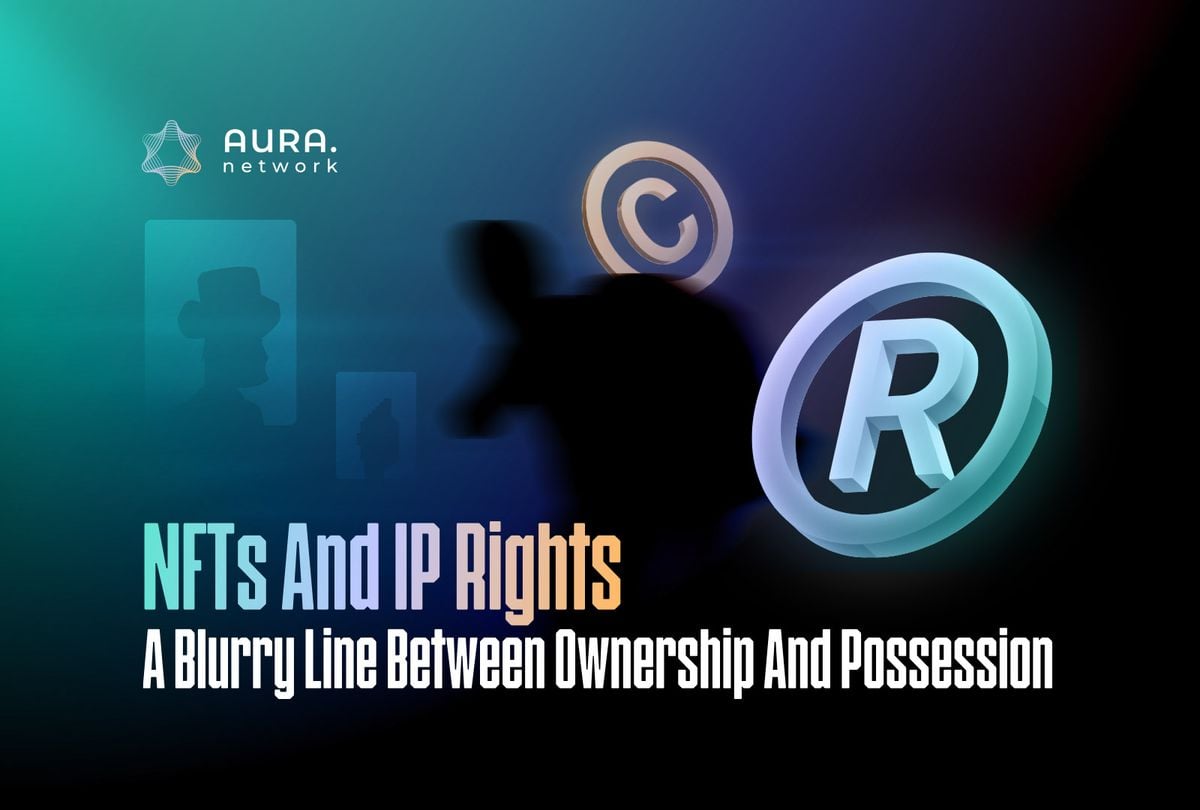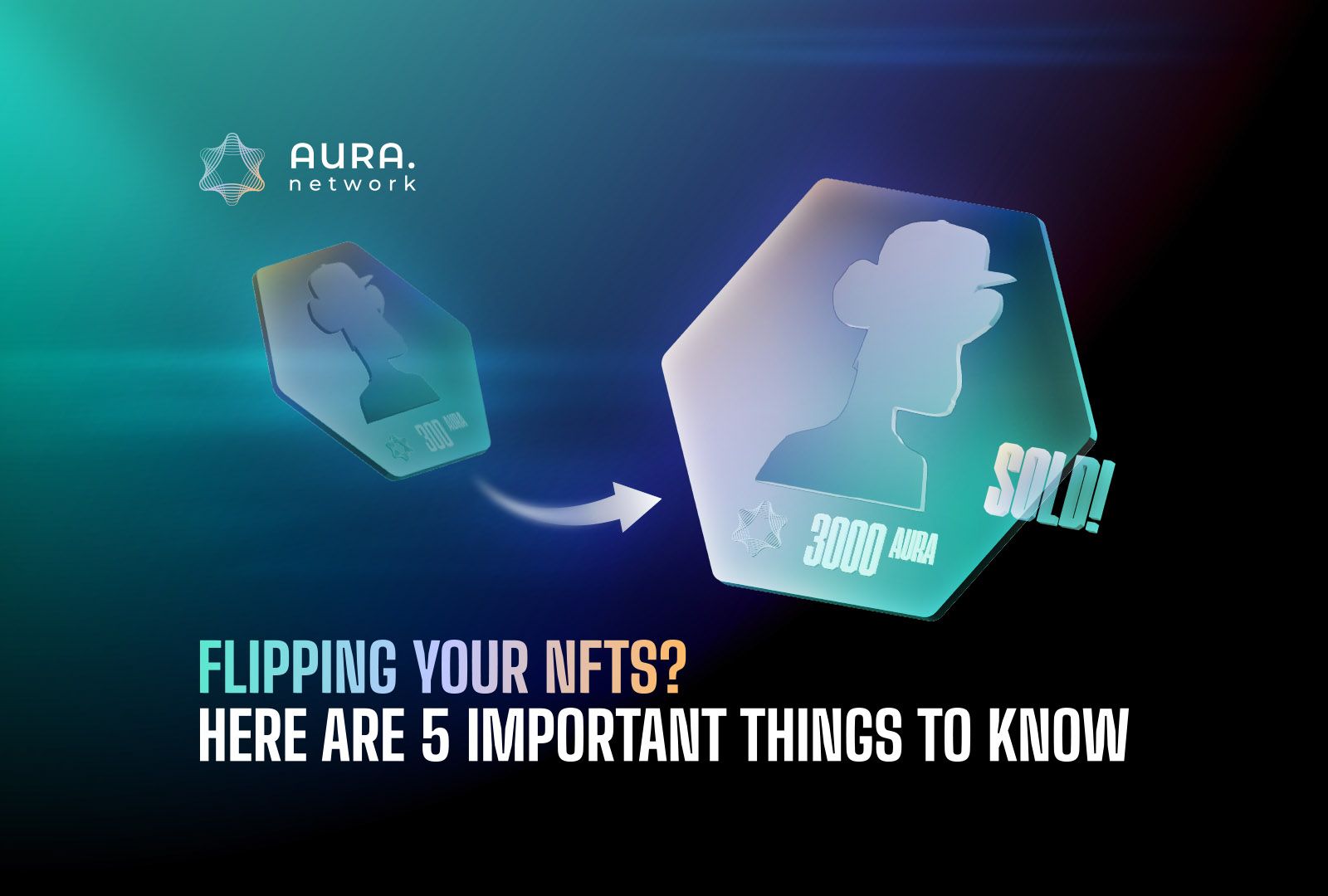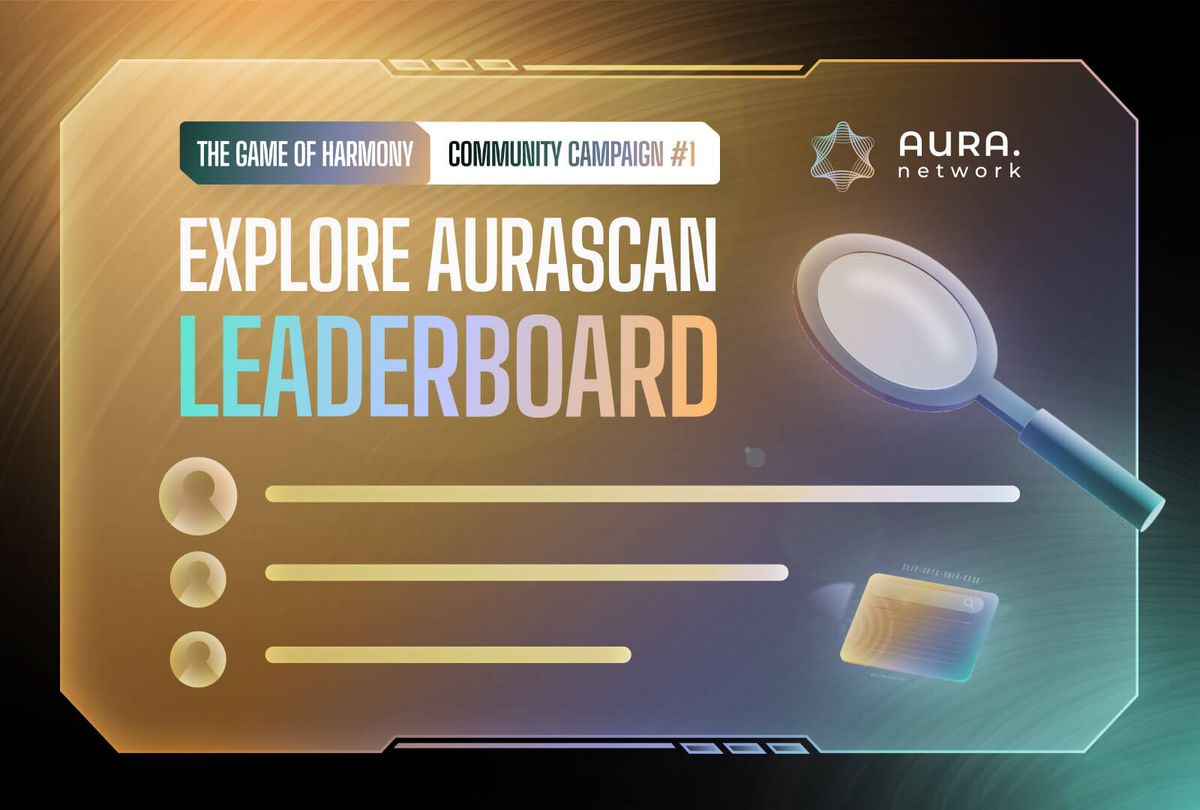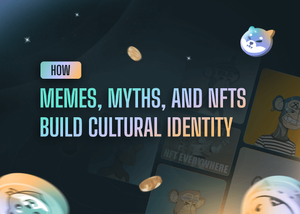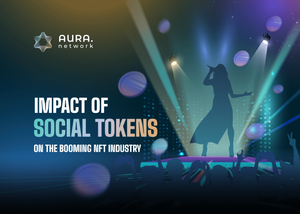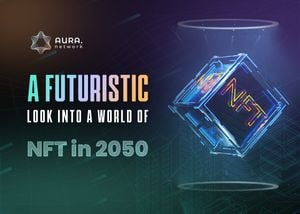Non Fungible Tokens (NFTs) bring an exciting innovation into art, including fractionalized tokens, profile pictures (PFP), tokenized identity, index funds, etc. Traditional art institutions like Sotheby’s are not acting as spectators either, as they sold some of the largest NFT auctions in the industry. There’s still a grey area to all the NFT buzz happening in the space, which borders around the IP rights to any NFT. Let's explore why NFT holders tend to conflate the limit of their digital rights between ownership and possession. The creator or holder of an NFT, who exactly owns the IP rights to such NFT? Is the IP right transferred to the buyer upon purchase, or does the artist retain the rights to his collection?
So what exactly causes NFT copyright wars? Sometimes, it may just be a simple misunderstanding of who owns the copyright. Take the case of SpiceDAO, an NFT group, spending nearly $3 million on a copy of Alejandro Jodorowsky’s unpublished manuscript for an unmade film adaptation of Frank Herbert’s science fiction novel Dune. SpiceDAO planned to create NFT based animated series of the book, thinking they had acquired the IP rights by merely holding a part of the collection, but all they had bought was a rare manuscript. Also, there have been several cases of NFTs enabling the abuse of creators' intellectual property (IP) rights. For instance, In mid-January of 2022, Hermes, a luxury house, sued Mason Rothschild with claims of minting the trademark of her Birkin handbags as NFT named Metabirkins. Another typical example of a misunderstanding where NFT IP rights are concerned was Nike filing a lawsuit against Stock-x for unauthorized use of her trademarks as NFTs on her rare sneaker collections.
Understanding IP rights in NFTs
The blockchain differentiates between an NFT and a random digital file floating around on the internet. While a digital file can randomly be downloaded and used on the internet, smart contracts, a feature of blockchain, make it possible to authenticate NFTs. As a class of digital assets, NFTs are tokenized versions of real-world assets and can represent any asset class, from artwork and real estate to identity. Since NFTs are tokenized assets, you can buy, sell or trade them with an added value of authenticity since they are built on the blockchain.
There are key players in the NFT industry; the creator/ NFT artist, the buyer and the seller. The common occurrence is that an NFT buyer/owner usually does not own the intellectual property rights to that NFT. Consider it from this angle; when you commission a professional artist to paint a picture of you on a canvas at a fee, who owns the IP of the painting or artwork? According to the IP rules, the artist reserves the right to such an image. According to the general rule, the IP rights belong to those who ‘clicked the shutter.’ Anyone could easily argue that the client paying for such services owns IP rights, but that is far from the truth.
Usually, the specific metadata of any NFT is included in the smart contract during its creation stipulating either the transfer of ownership or how much the artist gets as royalties. For instance, restaurateur Andy Nguyen spent $267,000 to purchase Bored Ape #6184 and two more Mutant Apes in succession to receive access to the IP ownership rights and community granted to holders of the NFT. With the IP rights he has received, Nguyen is opening a Bored Ape Yacht Club (BAYC) restaurant dubbed "Bored & Hungry." In this case, the rights have been transferred to the holder to do what they please with it. Intellectual property rights might include reproducing artworks, prints, copying, and distributing works of art. Still, the ownership right of a collector is limited as stated by the creator of such art, just as in the example of CryptoKitties NFT license, whereby the collectors of the NFTs are allowed to use it for their personal and non-commercial use; they are also entitled to operate on third-party websites as long as the sites cryptographically verify them.
If NFTs are so verifiable, why are copyright scams related to NFTs?
Art heists and copyright cases are not uncommon in traditional art places. One of the most famous art heists in history was the theft of 13 famous 13 treasured artworks from Boston’s Isabella Stewart Gardner Museum,, including two Rembrandt paintings. With the rise in the demand for NFTs, nefarious characters have exploited NFT loopholes where copyright is concerned, leading to increased plagiarised NFTs. In the NFT industry, Cent marketplace "beta.cent.co" had to pause its NFT sales because people were selling unauthorized copies of other NFTs that did not belong to them. Equally, many artists from DeviantArt, a popular online art community with over half a billion creative pieces of art and over 70 million registered, have complained about having their art pieces stolen and sold on OpenSeas. This is a case where arts are stolen or dubbed from specific websites and are minted without the approval of such artists, as seen in the case of artists from DeviantArt. NFT marketplaces are still coming up with more strategies to protect digital artists from having their work stolen by nefarious characters defeating the purpose of NFTs. On the other hand, a more balanced measure has been set up to protect NFT artists from randomly having their artwork stolen by tracking NFTs.
Before an asset can be made an NFT, it must be minted and uploaded to the blockchain. Making it a trackable asset via NFTs scan websites or the blockchain's explorer. So let's say an NFT buyer is accused of buying stolen NFT; it can be easily tracked using the Metadata of that asset. So let's say Mr A creates an NFT and Mints it, Mr B steals it and places it on a different market; the Metadata will be able to show that such artwork has already been minted, as shown in the example below.
So what exactly does an NFT buyer buy? The art itself or the rights to the art? Think of it like this: an NFT creator mints an NFT with specific instructions and information, then places it on the market for sale. When a buyer bids to buy that NFT, he pays for that particular instruction and information. The data contained in that NFT is known as Metadata. Metadata is structured information about specific data such as the date created, last modified, size, name e.t.c distinguishing one NFT from the other. The metadata is stored on an interplanetary file system which can either be frozen or unfrozen. The frozen metadata means the information is permanently locked. If metadata is frozen, it cannot be modified by the buyer or the creator. But when it is unfrozen, it means future modifications can be made.
The future of IP rights and NFTs
NFT developers are putting more effort into increasing holders' rights to their purchased NFTs. For instance, in Larva Labs, the people behind CryptoPunks have an NFT license agreement (including post drop) that grants Punk owners certain rights, such as commercialization. But with the launch of Meebits, another Larva Labs collection to give more utility to CryptoPunk users, we see a clear case of ownership in the terms and conditions stating that owners owned the NFT and not the associated Art. Yuga Labs (which has since acquired Larva Labs and its associated CryptoPunk and Meebits) have since followed Larva’s steps of IP rights transfer to NFT holders. The trend gives more power to holders, precisely what the value prop of web3. Bored Ape Yacht Clube, a product of Yuga Labs, also further registered trademarks for their NFT project.
Although no one can deny that NFTs have spawned into a whole industry, NFT collection creators are leaving no stone unturned in ensuring adequate IP rights protection. NFT developers have taken a step toward having licenses and agreements; NFT marketplaces utilise various means to verify ownership and avoid duplicity of assets. For instance, tracking solutions have already been implemented to verify metadata and Aura Network endures that validators get to earn for carrying out such tasks. Shareholders in the NFT industry can also look into strategic solutions such as utilizing NFTs in digital rights management. As the industry continues to grow, there is a need for clearly articulated licenses by marketplaces with robust smart contract agreements and codes that will prevent the infringement of the creator's right to royalty and copyright.



